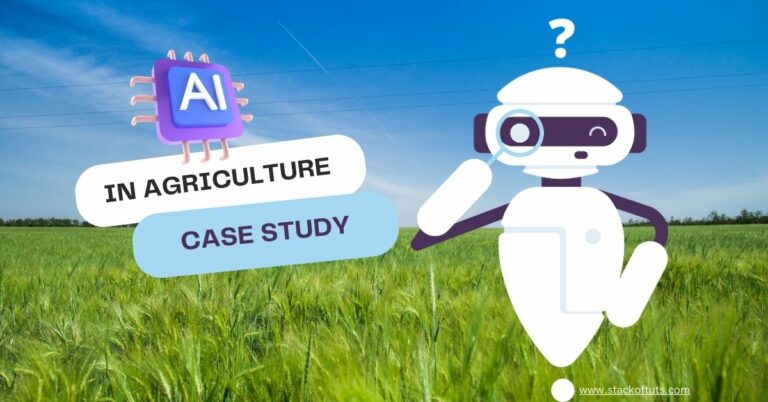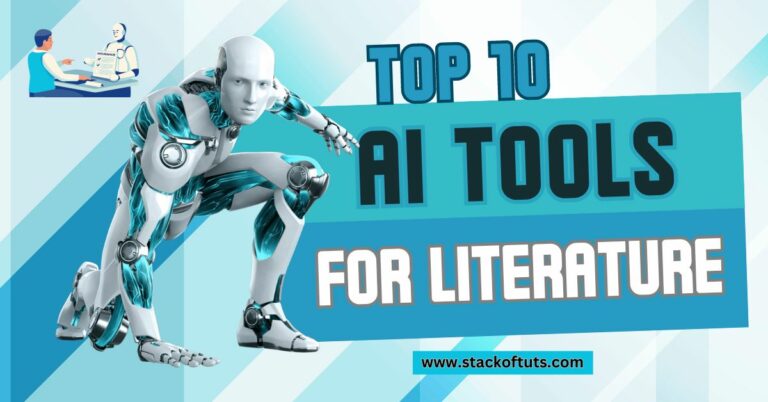
Today’s fast-paced world of technical breakthroughs has made AI’s inclusion into numerous industries inevitable. One use of AI that might improve agriculture and food security is plant disease detection. This detailed essay discusses “Artificial Intelligence In Plant Disease Detection” Its importance in contemporary agriculture, and its optimistic future for farmers and researchers.
For a complete guide also read about Artificial intelligence used in Agriculture dive into this link for exclusive insights and captivating discoveries!”
The Evolution of Plant Disease Detection

Traditional methods of identifying and managing plant diseases have long been the backbone of agriculture. Visual plant inspection, manual data gathering, and agronomists are used in these procedures. They can help diagnose, but they take time and are inaccurate, which might postpone treatment. AI changes the game.
The Role of AI
The method we look for plant diseases has changed drastically because to artificial intelligence and machine learning technologies. Artificial intelligence has allowed us to evaluate massive amounts of data, such as photographs, sensor readings, and environmental conditions, in near real-time. This allows for the early and precise identification of plant diseases, even before visible symptoms appear.
Image Recognition
One of the most remarkable features of AI in plant disease detection is its ability to recognize diseases through image analysis. When AI models are trained on large picture datasets of plants, they become adept at seeing small differences in color, texture, and pattern that human eyes would miss. Because of this pinpoint accuracy, farmers may take preventative actions to safeguard their crops.
Advantages of AI in Plant Disease Detection
We’ll be discussing the Advantages of Artificial Intelligence In Plant Disease Detection.
Early Detection and Prevention

AI-driven systems excel in early disease detection. By detecting diseases at their inception, farmers can implement timely interventions, such as targeted pesticide application or quarantine measures, preventing the spread of diseases and reducing crop loss.
Enhanced Accuracy

The accuracy of AI in identifying plant diseases is unparalleled. It lessens the possibility of an incorrect diagnosis, which is crucial for delivering effective care. This not only encourages environmentally friendly agricultural methods but also helps save valuable resources.
Speed and Efficiency

Artificial intelligence can analyze massive amounts of data in a matter of seconds. Decisions may be made quickly thanks to this research, shortening the time it takes to react to and contain any possible outbreaks.
Additional benefits of using AI for plant disease detection
In addition to the benefits listed above, AI-powered plant disease detection tools can also help farmers to:
- Reduce pesticide use: AI-powered tools can help farmers identify and target diseases early, which can reduce the need for pesticides.
- Improve crop quality: AI-powered tools can help farmers produce healthier crops by identifying and controlling diseases early.
- Increase profits: AI-powered tools can help farmers to increase profits by reducing crop losses and improving crop quality.
How to get started with AI for plant disease detection

There are a few places to begin when exploring the use of AI for plant disease detection.
- Choose an AI-powered plant disease detection tool. Choose a tool that matches your requirements from the many available. Consider your farm size, crop varieties, and budget.
- Train the tool on your own data. If feasible, train the AI-powered tool on your crop photographs. This will help the technology understand your crops’ traits and enhance accuracy.
- Use the tool to monitor your crops. You may monitor crop diseases using the tool after training. Check your crops periodically and control any illnesses.
AI-powered plant disease detection tools are a valuable tool for farmers. By using these tools, farmers can identify diseases early, reduce crop losses, and improve crop quality.tunesharemore_vert
Real-world Applications
AI-based plant disease detection systems have already found their way into the real world, offering tangible benefits to agriculture and food production.
Precision Agriculture
A major use of AI in farming is precision agriculture. Drones driven by artificial intelligence and armed with cameras and sensors can survey large areas and collect valuable data. Disease hotspots or regions lacking in essential nutrients may be discovered using these real-time picture analyses.
Mobile Apps for Farmers
Mobile apps have emerged as critical resources for modern farmers. Farmers can now snap a photo of a sick plant with their smartphone and have the software analyze it using artificial intelligence. The ailment is then swiftly identified by the app, and the farmer is advised on what to do.
Challenges and Future Prospects

While AI has shown immense promise in plant disease detection, some challenges remain. One major challenge is the need for access to technology and expertise in rural farming communities. Ensuring that small-scale farmers have the resources and knowledge to adopt AI-based solutions is essential for widespread implementation.
Looking ahead, the future of AI in plant disease detection is bright. As technology becomes more accessible and affordable, we can anticipate a greater adoption rate among farmers worldwide. Moreover, AI algorithms will continue to improve, enhancing their accuracy and expanding the range of detectable diseases.
FAQs
AI is employed in plant disease management by leveraging data analysis and image recognition. It identifies disease symptoms in crops through images and sensor data, enabling early detection. AI-driven insights guide farmers in implementing targeted interventions, reducing crop losses, and promoting healthier yields.
AI in plant disease diagnosis utilizes advanced technology to identify and manage diseases in plants. It employs artificial intelligence algorithms to analyze images and data, swiftly recognizing disease symptoms. This innovative approach aids farmers in timely and precise disease detection, contributing to healthier crops and increased agricultural productivity.
The best method to control plant disease involves a combination of preventive measures and responsive actions. Start by practicing good agricultural practices like crop rotation, proper spacing, and soil health maintenance. If disease signs appear, consider using biological controls or organic pesticides, and regularly monitor plants to catch issues early, ensuring a healthy and productive crop.
Plant disease detection using image processing is a cutting-edge method that employs technology to identify and diagnose diseases in plants. It involves capturing images of plants, analyzing them with specialized software, and pinpointing signs of diseases quickly and accurately. This innovative approach aids farmers in early disease management, ultimately enhancing crop health and yield.
Conclusion
In conclusion, the integration of artificial intelligence into plant disease detection is a significant milestone in modern agriculture. Its unmatched precision and efficiency in early disease detection might change farming. Farmers should expect higher yields, lower crop loss, and a more sustainable agricultural future as AI technology advances.
Thanks!





